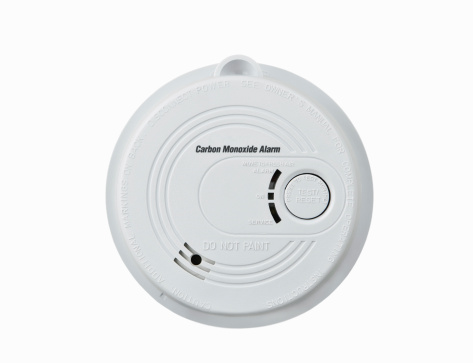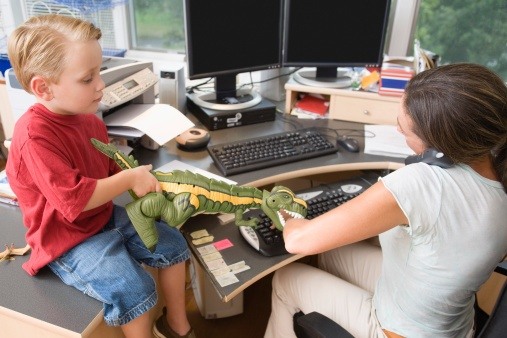 No two words can strike fear into the hearts of homeowners quite like “carbon monoxide.” Sometimes this fear can be downright paralyzing – preventing homeowners from installing carbon monoxide detectors in their homes. It's a form of denial, as though refusing to acknowledge the presence of carbon monoxide will keep it at bay.
No two words can strike fear into the hearts of homeowners quite like “carbon monoxide.” Sometimes this fear can be downright paralyzing – preventing homeowners from installing carbon monoxide detectors in their homes. It's a form of denial, as though refusing to acknowledge the presence of carbon monoxide will keep it at bay.
It's time to debunk that fear once and for all. There are several facts you should know about this so-called “silent killer,” your home heating system and how to protect yourself and your loved ones from dangerous levels of this potentially deadly gas.
Carbon monoxide defined
Carbon monoxide – known for short as CO – is a natural consequence of combustion. Combustion occurs when fuel burns in the appliances you use all the time, and not just your furnace. Your stove, dryer and water heater emit CO too.
As these appliances burn fuel, they emit very small amounts of carbon monoxide. It's perfectly safe and it's perfectly normal. It's only when the amount of CO in the air reaches a dangerous level that carbon monoxide can cause sickness and even death.
Effects of too much CO
Carbon monoxide can be so deceiving that even physicians can misdiagnose exposure to it. In small doses, the symptoms are strikingly similar to the flu: dizziness, fatigue, headache, nausea and a sore throat.
High exposure to carbon monoxide can stop your body from sending oxygen to the heart, brain and blood tissues. This is where real trouble begins – often in the form of vomiting, lost muscular coordination, chest pains and fainting.
In the worst cases, extreme exposure to CO can cause someone to feel mentally confused, lose consciousness and even die. Several thousand people end up in emergency rooms each year because of CO poisoning, according to the Centers for Disease Control and Prevention. By the time many people arrive, they are often very sick, given how tricky it can be to accurately diagnose CO poisoning in the first place.
A heating system service company can help
Considering these realities, here's where that expression about “the best defense is a good offense” comes into play regarding carbon monoxide and your home heating system. It's vital that you remain vigilant about your annual furnace maintenance check so that a qualified company can inspect your heating system for carbon monoxide leaks. They are most likely to be found:
- In the furnace's combustion chamber and heat exchanger, which transfers heat from the gas burner into warm air before it is channeled through your home's ducts. Signs of rust, corrosion, debris and especially cracks on the heat exchanger portend trouble and must be addressed expeditiously.
- In a yellow furnace flame, which usually signifies that furnace fuel is burning improperly and producing dangerous levels of carbon monoxide.
- In a chimney that is vented improperly. Soot, debris and dead animals can create blockages that can cause dangerous fumes to go right back into your home.
Detectors save lives
A heating system service companyl also can help you choose from among the various types of CO detectors and, if you wish, even give you a hand installing them. A detector should be placed on every level of your home, as well as in the garage. Detectors should never be installed directly above or beside fuel-burning appliances nor within 15 feet of heating or cooking appliances, says the International Association of Fire Chiefs.
You can harness the fear that the words “carbon monoxide” often create and gain the confidence that you're safely managing the presence of it in your home, by contacting a heating system service company like Experts In Your Home today!
Your first step towards properly maintaining your heating system. Download our free fall maintenance checklist below to begin today!








